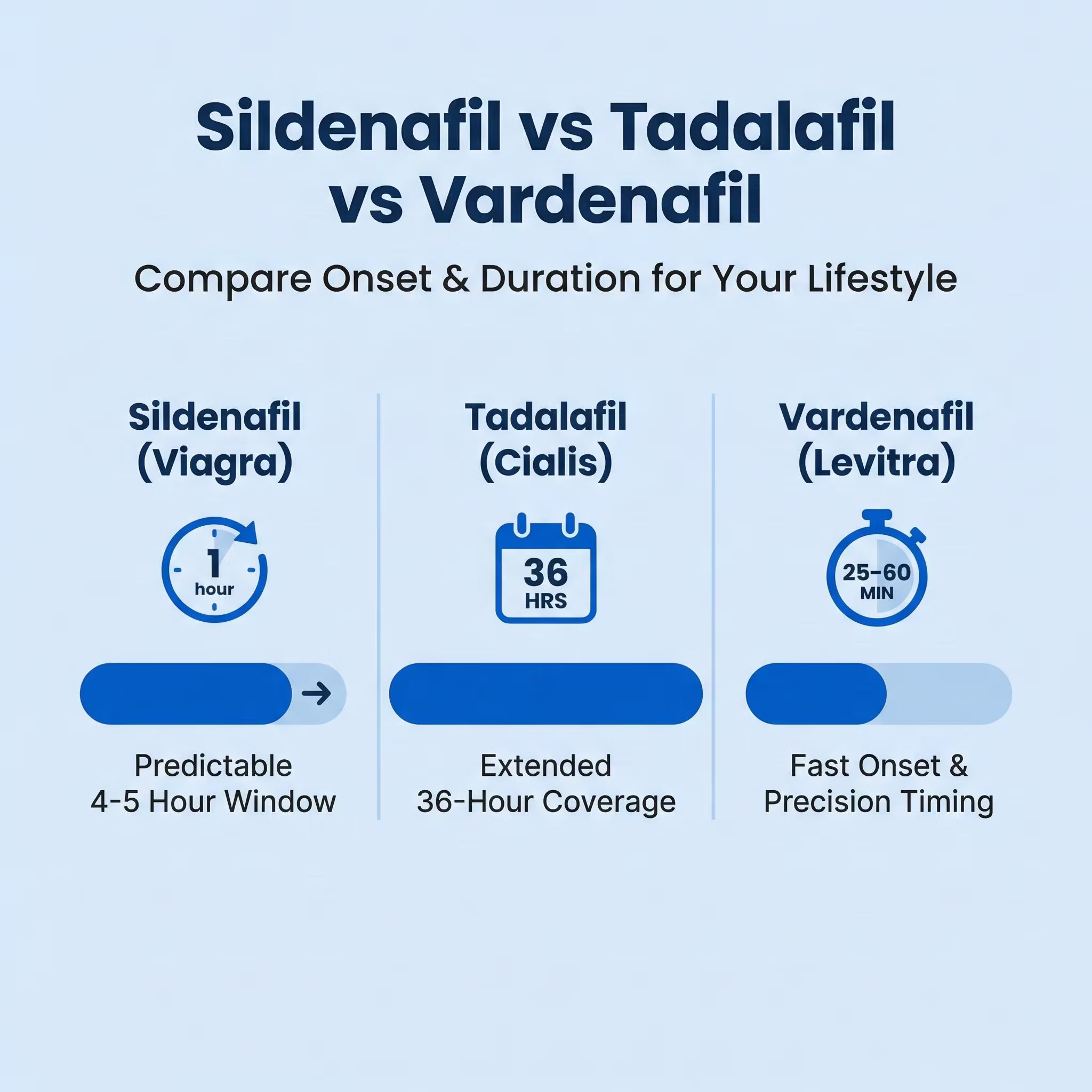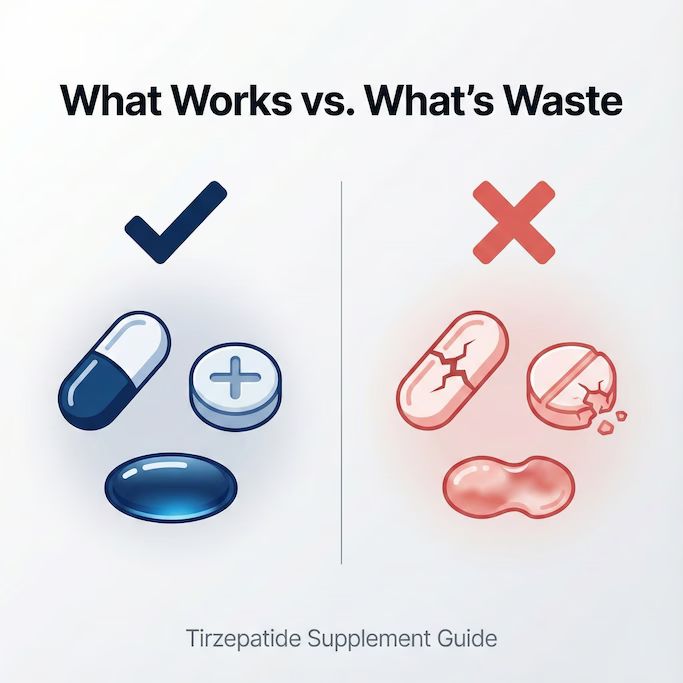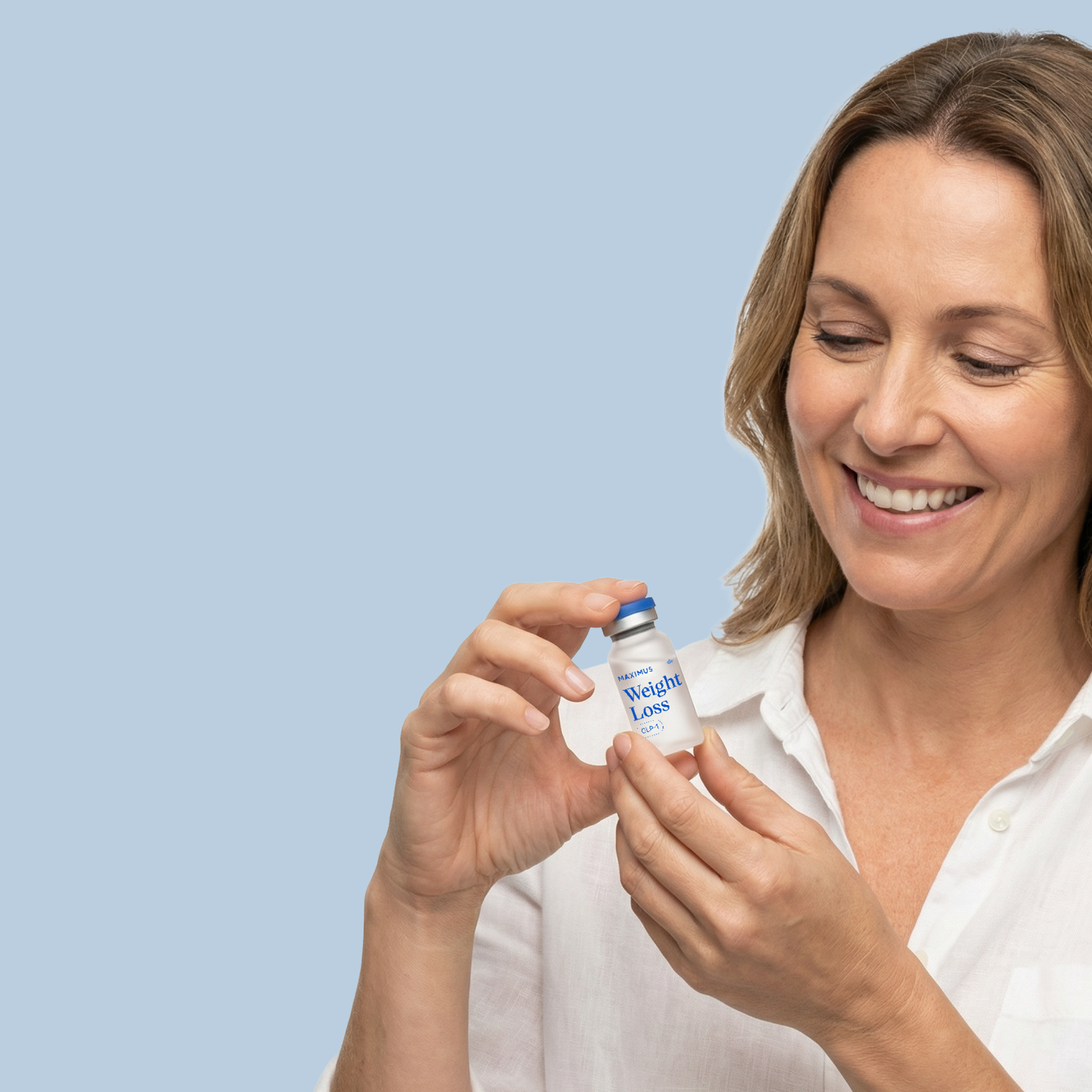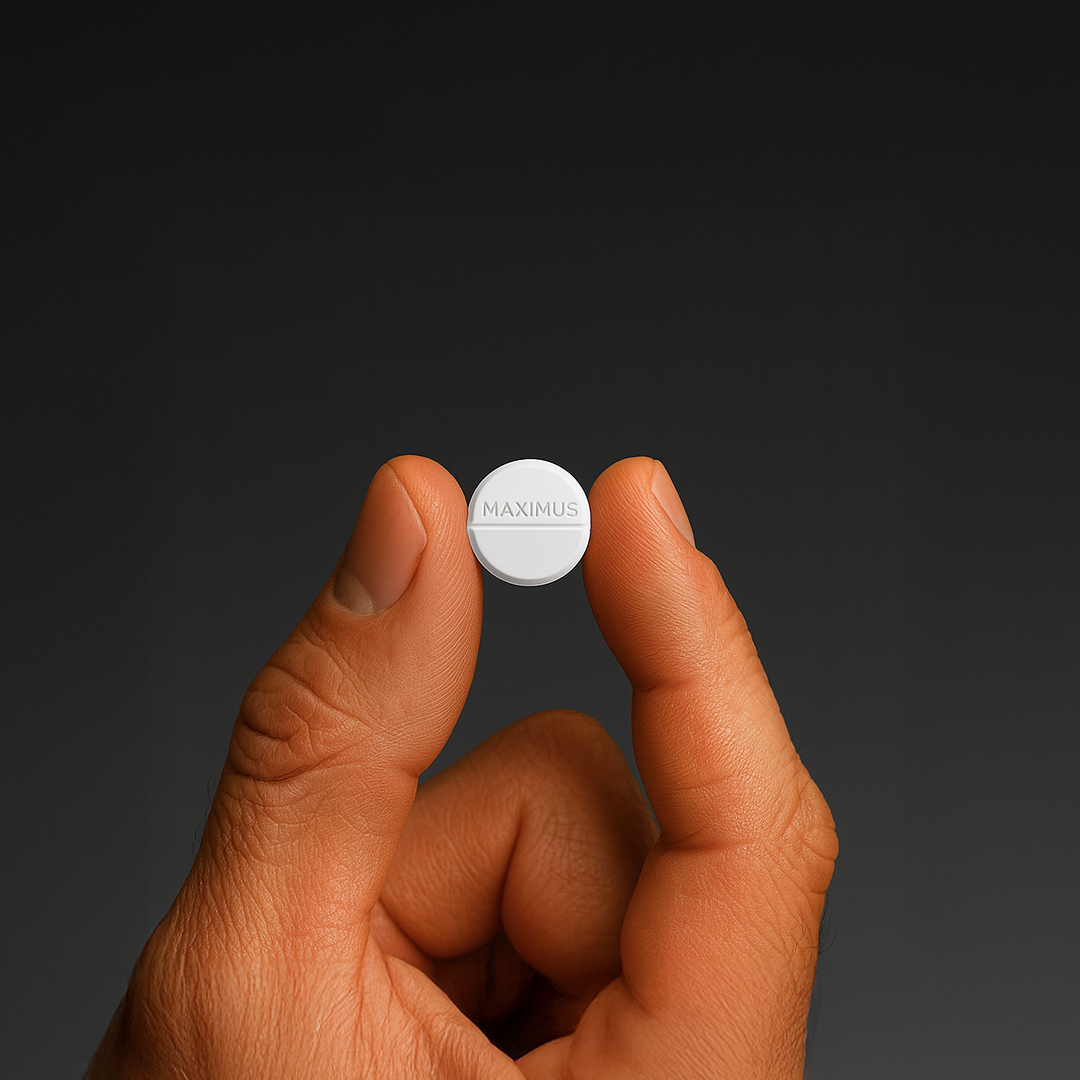If you're dealing with symptoms of low testosterone, like lagging energy, reduced drive, or just not feeling like yourself, TRT can help. But the delivery method matters. Should you go with a daily oral tablet or stick with the time-tested injection?
Let's compare the two.
Form Matters: Native vs. Modified Testosterone
Once you decide to start TRT, the next question is what kind of testosterone you're actually putting in your body, and that matters more than most people realize.
Our Oral Testosterone Protocol uses native, unesterified testosterone, the same molecular form your body naturally produces. Unlike testosterone undecanoate (used in many oral options), native testosterone doesn't require enzymatic cleavage to become active. It's ready to go, as-is.¹⁻²
This also avoids the oil-based capsules used in other oral T products, which contain long-chain fatty acids, emulsifiers, and other excipients that are known to cause gastrointestinal discomfort and those notorious "fishy burps." Our tablets are clean, direct, and gut-friendly.¹ Clinical studies have consistently demonstrated that modern oral testosterone formulations are safe and well-tolerated, with no evidence of the liver toxicity that was seen with older oral testosterone products.³,⁴
Injections, by contrast, rely on esterified testosterone forms like cypionate, enanthate, or undecanoate. These are oil-based and must be broken down slowly in muscle tissue. That creates a long tail of activity, but may also be a greater burden on the body.
How Effective Is It?
Here's what the data shows: daily oral testosterone raises total T levels to a similar degree as weekly injections.
In our protocol, total testosterone increased by an average of 865.5 ng/dL (307.6% increase) and free testosterone jumped 295 pg/mL (470.1% increase) when the both oral testosterone dosing and fat intake was optimized.¹ These numbers fall in line with what you'd expect from injectable testosterone, but without the sharp hormonal peaks or deeper HPG axis suppression that shots tend to cause.⁵
Injections do stay in the body longer, which can be helpful for some. But that same durability can make it harder to fine-tune your dose or adjust if side effects arise.⁶
Circadian Rhythm vs. Static Flood
Testosterone isn't just a number. It follows a rhythm. Your body releases it in pulses, peaking in the early morning and tapering off at night.⁷ Oral testosterone mirrors this natural daily cycle. Take it with food, especially fat, and levels rise predictably, then return to baseline by bedtime.¹
Injections work differently. They flood the system with supraphysiologic testosterone that slowly decays over days or weeks. That may sound appealing, but it isn't how your body evolved to function. And the result is often mood swings, estrogen spikes, and hormonal whiplash between doses.⁶
The Trouble With Injections
We're not here to bash testosterone injections. They've been used for decades and they work. They're consistent, and they don't require timing with meals like oral forms do.
But they come with real downsides:
- Suppression: Injectable testosterone more strongly suppresses LH and FSH, the hormones responsible for fertility. Due to its shorter half-life, oral testosterone appears to be significantly less suppressive, based on data showing preservation of fertility parameters in many men.
- Thickened blood: Injections routinely elevate hematocrit, which increases the need for therapeutic phlebotomy or blood donations. This is less common with oral testosterone.⁸
- Injection fatigue: For many, the regular need to inject oil into muscle, along with bruising, site pain, and ongoing logistics, wears thin over time.⁶
So Which Should You Choose?
It depends.
If you're chasing raw numbers, don't mind injections, and fertility isn't a concern, injectables can deliver. They're strong, reliable, and well-established.
But if you're looking for something more physiological, less suppressive, and designed to work with your body, not against it, native oral testosterone is hard to beat.
It's daily, yes. But that daily rhythm might be the key to getting your hormones back, not just on paper, but in your actual experience of energy, mood, focus, and drive.
And the best part? It works. The data shows that native oral testosterone can deliver comparable results to injections, without the tradeoffs. No needles. No oil. No hormonal roller coaster. Just results that feel right.
If you're ready for a smarter, simpler way to restore your testosterone, our Oral Testosterone Protocol is available now. You can order online in minutes, no injections required.
Reviewed by Gabriel Alizaidy, MD, MS
----
Disclaimer: The contents of this article, including, but not limited to, text, graphics, images, and other information, is for information purposes only and does not constitute medical advice. The information contained herein is not a substitute for and should never be relied upon for professional medical advice. The content is not meant to be complete or exhaustive or to be applicable to any specific individual's medical condition. You should consult a licensed healthcare professional before starting any health protocol and seek the advice of your physician or other medical professional if you have questions or concerns about a medical condition. Always talk to your doctor about the risks and benefits of any treatment. Never disregard or delay seeking professional medical advice or treatment because of something you have read on this site. Maximus does not recommend, endorse, or make any representation about the efficacy, appropriateness, or suitability of any specific test, products, procedures, treatments, services, opinions, healthcare providers or other information contained herein. Maximus is not responsible for, nor will they bear any liability for, the content provided herein or any actions or outcomes resulting from or related to its use.
----
References
- Sepah SC, Alizaidy G, Henry H, Boerger N. Maximus’ Oral TRT Plus Protocol: a highly efficacious and non-suppressive approach to significantly enhance testosterone and quality of life in hypogonadal and eugonadal men. Maximus; 2025.
- Swerdloff RS, Wang C, Cunningham G, et al. Reexamination of pharmacokinetics of oral testosterone undecanoate in hypogonadal men with a new self-emulsifying formulation. J Clin Endocrinol Metab. 2014;99(10):3789-3799.
- Motamedinia P, Koifman L, Eisenberg ML, Lipshultz LI. Is oral testosterone the new frontier of testosterone replacement therapy? Cureus. 2022;14(8):e28369.
- Swerdloff RS, Wang C, White WB, et al. Study finds oral testosterone therapy undecanoate is effective, with no liver toxicity. Presented at: ENDO 2021, The Endocrine Society's Annual Meeting; March 20-23, 2021; Virtual.
- Shoskes JJ, Wilson MK, Spinner ML. Pharmacology of testosterone replacement therapy preparations. Transl Androl Urol. 2016;5(6):834-843.
- Mulhall JP, Trost LW, Brannigan RE, et al. Evaluation and management of testosterone deficiency: AUA guideline. J Urol. 2018;200(2):423-432.
- Brambilla DJ, Matsumoto AM, Araujo AB, McKinlay JB. The effect of diurnal variation on clinical measurement of serum testosterone and other sex hormone levels in men. J Clin Endocrinol Metab. 2009;94(3):907-913. doi:10.1210/jc.2008-1902
- Ohlander SJ, Varghese B, Pastuszak AW. Erythrocytosis Following Testosterone Therapy. Sex Med Rev. 2018;6(1):77-85. doi:10.1016/j.sxmr.2017.04.001










